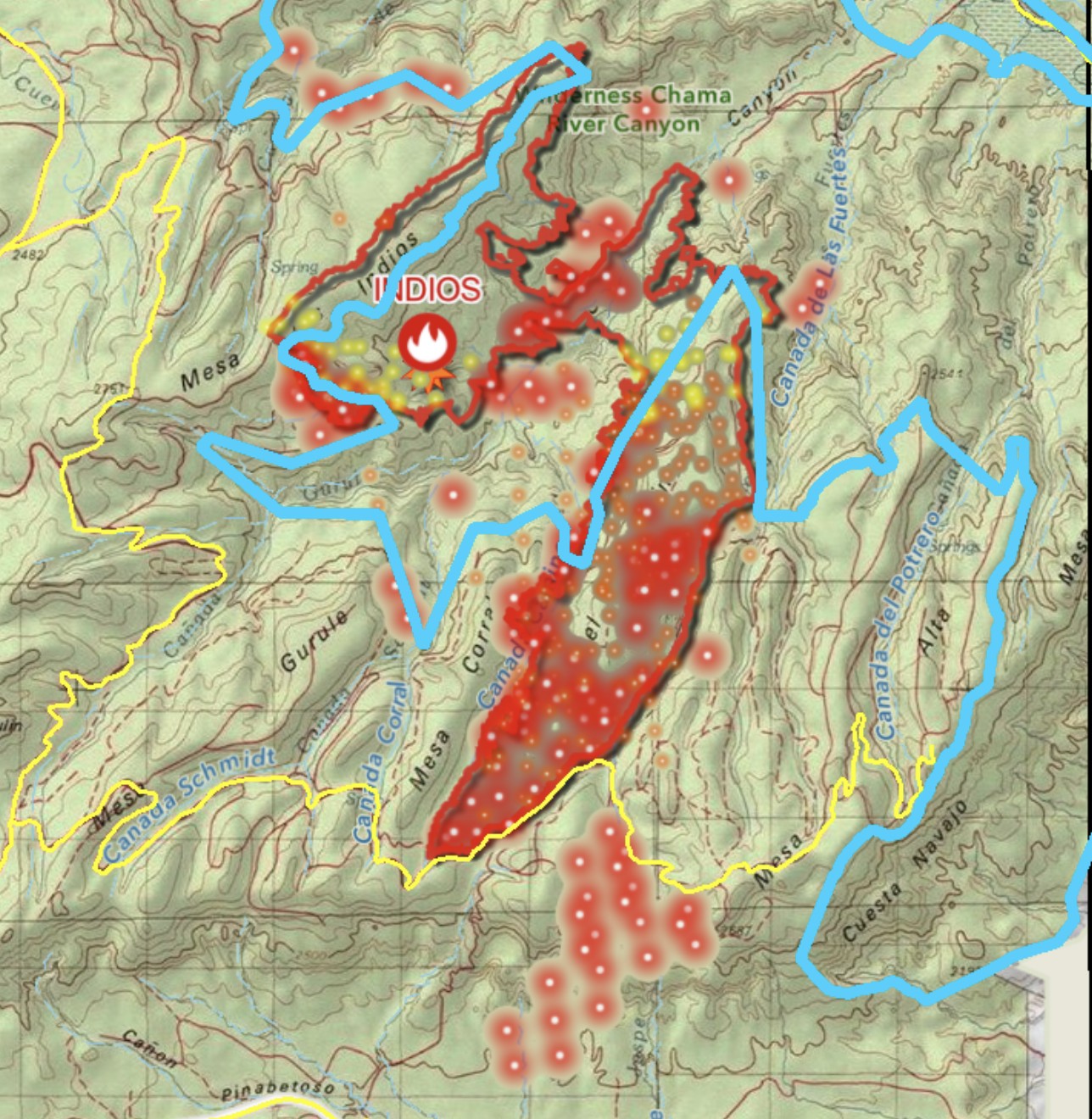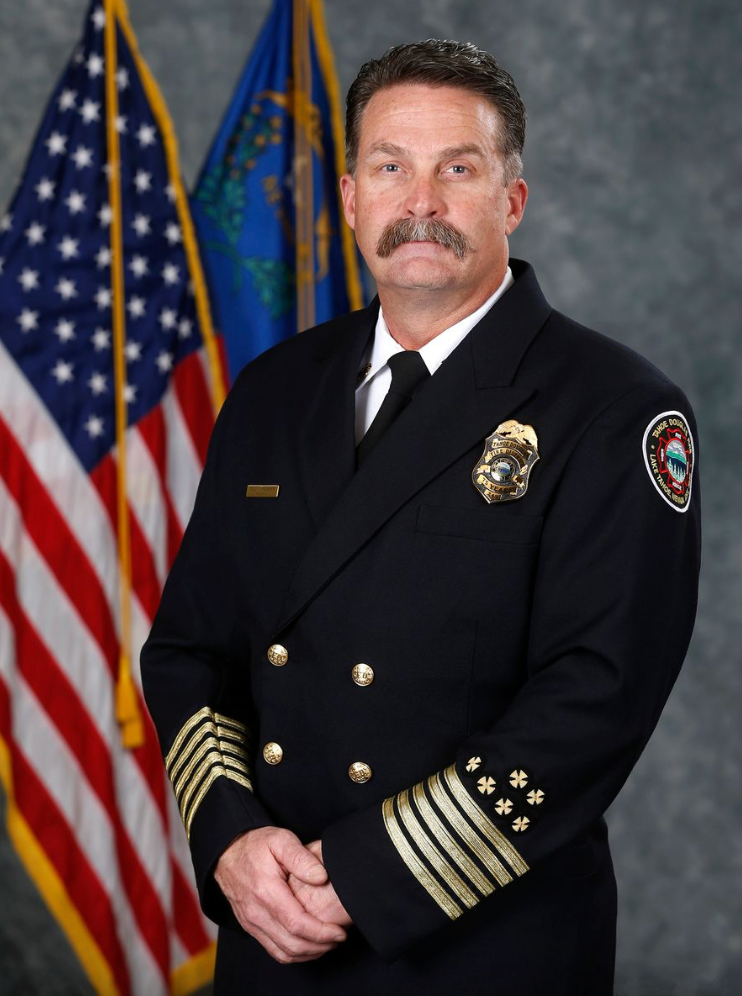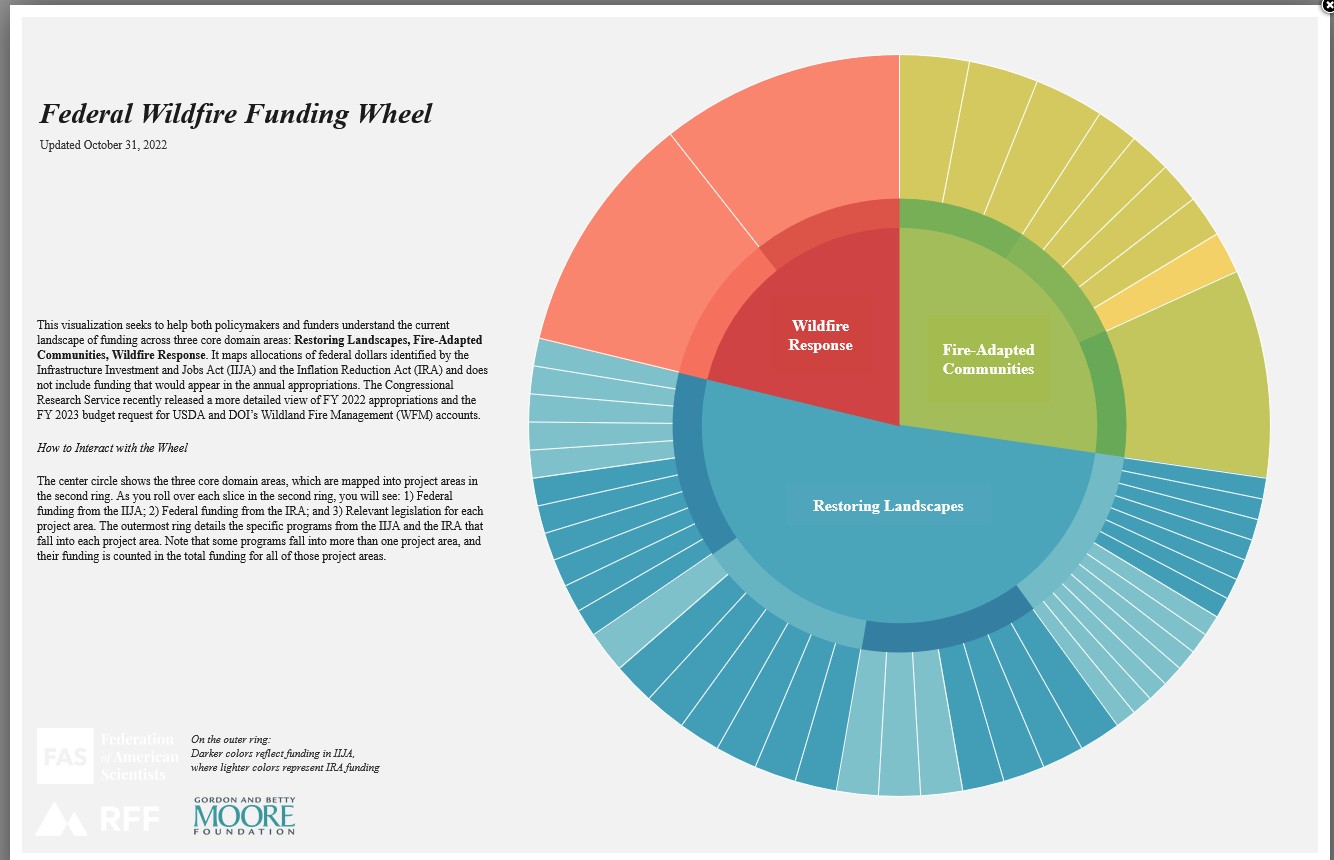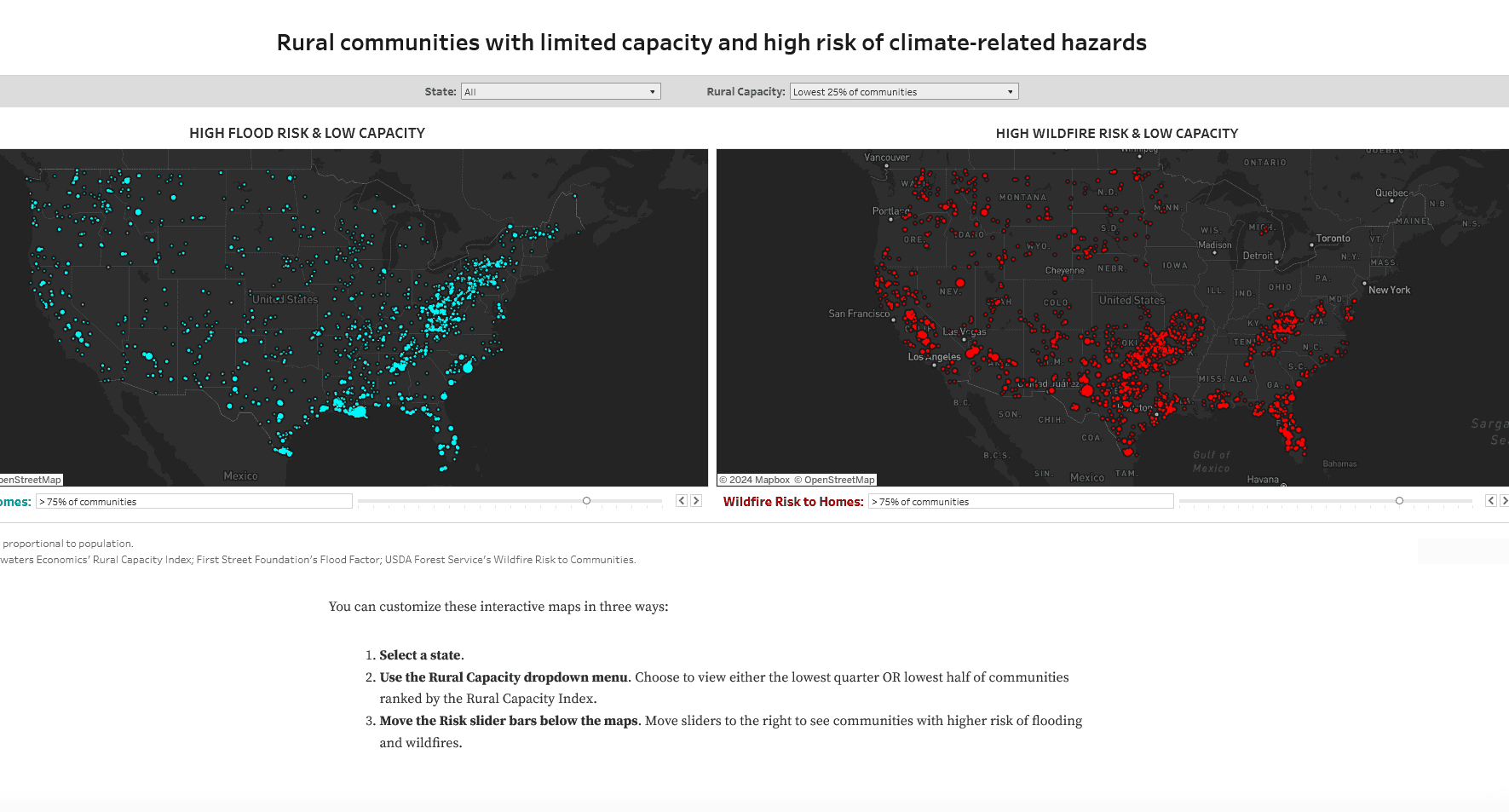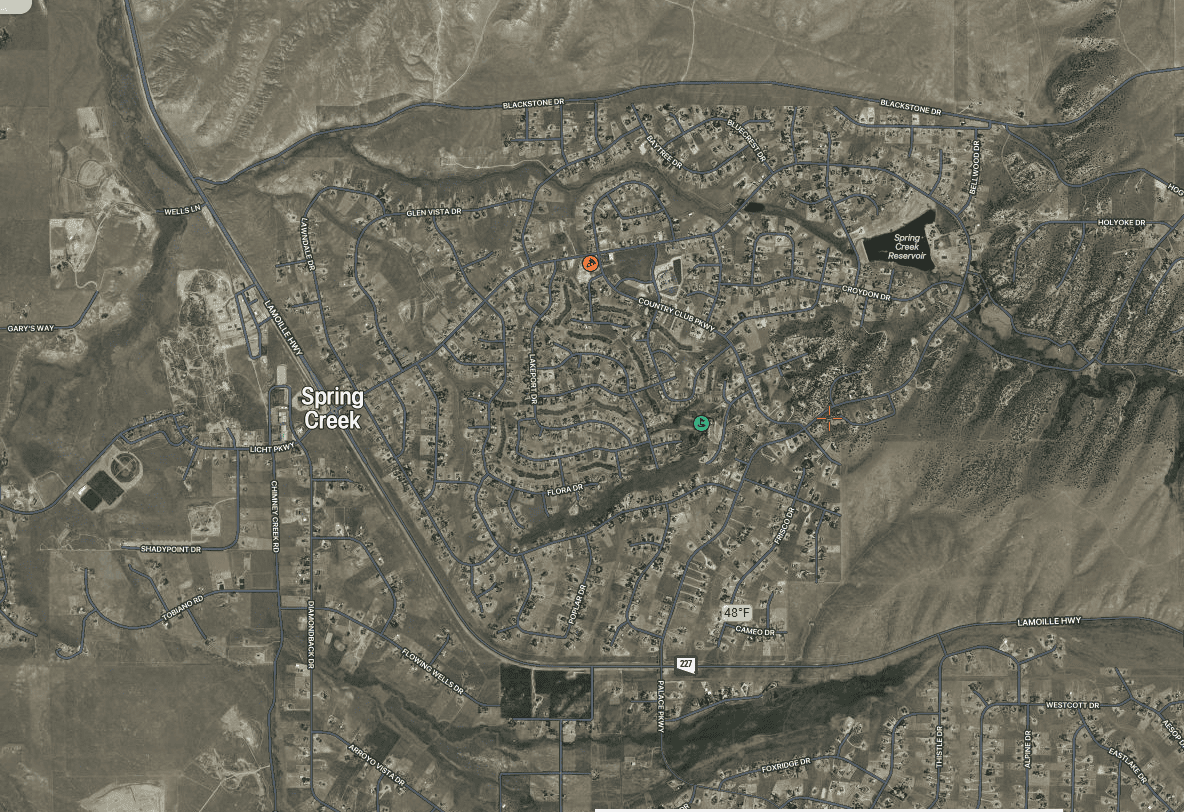Right now in the wildfire space, we have many new folks entering from the political and philanthropic world. How should we welcome them gracefully to what has been historically our space? How would we like them to work with us? I myself have felt territorial from time to time; and yet, these people have far more money and political power than our own communities, so the better we work together the better off we will be. They’ve got new and different ideas from many of us in this space, and they well may be good ideas! In some cases, they have ideas about how to deal with Climate, and to them, wildfire is one aspect of climate. We tend to look at wildfires as something we’ve dealt with in various ways (both of thinking and of action) at least for the last half century- within the memory of TSWites. Clearly these different perspectives could lead to different framings and different solutions. We have advantages in terms of knowledge and experience, they have advantages in terms of funding, access to media, and political power. How can we best work together?
In this series of posts, we’ll take a look at some of the players, their backgrounds and interconnections. Today I’m going to lay some groundwork.
I’m assuming that the new folks have good intentions. But in political world, charitable groups (c3s and 4s) and foundations are not known for transparency. And many of the new players in wildfire space are affiliated with the D political party and/or SIPs (self-identified progressives). Does their source of funding matter? I’d suggest it does. Not that they are bribed by it, nor that the people funding them are questionable. As the article below argues, Ds as well as Rs have every right to use so-called dark money, since that’s the way the world currently works.
I’m interested in increasing trust in government and making government better; everyone probably agrees with that. Using dark money, by either party, does not help with that. I understand the tendency to keep donors secret, but also what they spend their money on seems to be secret. Lobbying for what exactly? And is anyone checking that the c3s (tax exempt) moving money to c4s are following all the rules (which seem pretty convoluted to me)?
If we were in the New Folks’ shoes, we might foresee a time that our partisanship and our goal of improving wildfire resilience might diverge. Since many fire-prone areas have R politics, since both parties seem to be around 50% of the population of the country, and since wildfire is going to take long-term investments and coalitions, off the bat, bipartisan solutions seem like the way to go. And sometimes partisans (on both sides) seem more interested in using issues to gain power than in actually solving real-world problems.
So I want to be very clear that my work to make these folks’ funding and goals more transparent is in the ultimate interests of all of us, to work together toward shared and supported outcomes with minimal Distracting, Expensive and Unnecessary Partisan Drama. Other concerns include possible tendencies of the New Folks to not interact directly with those in the traditional wildfire space, which could lead to unworkable policy ideas and/or reinventing the wheel. Hopefully, we can encourage them to work directly with those currently in this space, scientists, practitioners, county and state governments, and so on.
So basically I’m not doing this to pick on Ds- I’m not asking them to do anything different from what I’d ask R’s. It just happens that they are moving in to wildfire space.
I first noticed a few weeks ago that some of the funding for our our new folks (and some newly going to traditional folks in the wildfire space) is indirectly from sources identified with “dark money.” In 2021, Rachel Cohen wrote an interesting article in The American Prospect on dark money and Ds. According to Wikipedia (not always a trusted source) The American Prospect is a magazine from the liberal and SIP perspective. The article has a great explanation of some of the complex context for the lack of transparency, and the concerns that SNPs themselves have with it. The whole piece is worth a read.
WITH UNION MEMBERSHIP RAPIDLY DECLINING, progressives struggle to counteract the massive power and influence of the corporate lobby. To fill the gap, they turned to tax-exempt nonprofit organizations, of which there are two main kinds, both named for the section of the federal tax code under which they are regulated. 501(c)(3)s, also known as public charities, range from symphonies to the Boy Scouts to (full disclosure) The American Prospect. They can engage only in limited amounts of lobbying, and cannot donate to political campaigns. Financial contributions to c3s also yield donors a tax deduction. 501(c)(4)s—the social welfare groups—provide no tax deduction for contributions, but they can endorse candidates and engage in unlimited lobbying, so long as this doesn’t comprise the majority of their activities. Importantly, they need not disclose their donors.
One doesn’t have to squint to see why dark-money groups are attractive to the rich. The vehicles allow them to donate and avoid the negative attention that might come with disclosing their identities, like protests outside their home or bad press. Anonymity also helps them avoid threats of violence or actual harm, defenders of the status quo like to say. The Philanthropy Roundtable, a conservative advocacy group for charitable giving, says shielding donors from public scrutiny is necessary for “philanthropic freedom.”
While some issues—particularly abortion access—have a real record of harm for supporters, most advocacy groups hide today behind harassment of abortion activists to rationalize their own lack of transparency. Other groups cynically cite a Supreme Court decision from six decades ago that unanimously ordered Alabama to stop accessing the NAACP’s membership list, concluding that doing so interfered with members’ right to freely associate. However, a billionaire donating to a political nonprofit to run anonymous ads against Medicare expansion should not be likened to the legitimate threats Black Americans faced in the South during the civil rights movement.
Sen. Sheldon Whitehouse (D-RI), the lead sponsor of the DISCLOSE Act, says he has no problem with rich donors who want to, say, give discreetly to their alma mater. “There are some good reasons for anonymity, maybe you want to give a big donation to your university and want to avoid other people coming to ask you for money—there’s nothing really wrong with that,” Whitehouse said. “But it’s different when you’re trying to exert political pressure over others and refuse to stand up for your views.”
I’m totally with Whitehouse on that. At the same time, he is one of the supporters of WEG.. who.. don’t disclose their donors.
********
DOES IT REALLY MATTER if liberal political advocacy groups and campaigns disclose their donors, if the house is on fire?
Dorfman thinks that transparency is “helpful to the cause” and that groups should disclose “a great deal of information,” but acknowledged that sometimes donors just don’t want to do that. “I think each organization in the progressive space needs to make that call, on their own within the limits of the law,” he said.
One challenge of hiding donors is that it makes it more difficult for the public to assess which organizations authentically speak for the communities they purport to, and which are just pet projects of the rich or schemes by companies.
*************
These advocacy groups, and their donors in turn, exert real influence on the priorities of politicians, leading them too often in less populist directions. This isn’t new, and the Democratic Party in particular has been making itself more easily swayed by the whims of the wealthy ever since the early 1980s.
***********
Political scientists Alexander Hertel-Fernandez and Theda Skocpol have noted that the structure of these elite donor consortia have potential to influence politics in uniquely powerful ways, even beyond similar partisan super PACs and single-issue advocacy groups.
*************
My bolds:
The suggestion that wealthy donors on the left never advocate for their economic self-interest doesn’t hold much water, either. The rapid demise of the ambitious and extremely popular redistributive tax proposals in the Democrats’ Build Back Better Act suggests who still has the ear of those in power.
“This stuff is so opaque and no one is holding anyone accountable,” said one staffer whose employer works with the venture philanthropy funds. “The organizational landscape of civic and political organizations is just totally being transformed as inequality grows and rich people get uber rich and we are finding more creative ways to distribute their money.”
The staffer, who works in progressive movement building, says the landscape is becoming “extremely donor-centric” in a way that no longer even resembles the industrial-titan philanthropic milieu they once knew. “We’re entering this new era of capitalism dominated by finance, tech, and insurance. The money is different,” they said. “We’ve linked our fates here to new powers within capitalism, and [how] that money is moved, aggregated, pooled, and filters down is really different than even several years ago, and it scares me a little bit.”
**************
AS PROGRESSIVE GROUPS GROW more dependent on rich donors who’d like to keep their contributions private, liberals find themselves contorting into awkward positions to justify the status quo, insisting groups that are clearly affiliated with the Democratic Party are not, in fact, partisan. Political nonprofits tend to insist they’re independent and simply “issue oriented”—a framing that’s practically dubious but legally necessary to keep their nonprofit status.
This strained logic was on display this past year when The New York Times profiled obscure Swiss billionaire Hansjörg Wyss, who has become one of the top funders of left-leaning organizations, donating hundreds of millions of dollars since 2016 both to entities that distribute funds to other progressive political advocacy groups, and directly to organizations like the Center for American Progress, a liberal think tank where Wyss sits on the board. While Wyss does not donate directly to candidates or PACs, the groups benefiting from Wyss’s contributions work to help Democrats and defeat Republicans. Representatives for the billionaire insisted to the Times that his money was not “spent on political campaigning” and was merely “bolster[ing] social welfare programs in the United States.”
With a heavily weakened and embattled IRS, partisan c4s are so confident today that they will face no punishment for engaging too much in political activity that even Majority Forward, a c4 founded in 2015 and affiliated with Senate Democrats, told the Federal Election Commission that it did not receive contributions in 2018 earmarked for political purposes and thus refused to disclose its donors, despite spending more than $45 million that cycle boosting Democrats.
************
As to Wyss.. I wrote about him on TSW here (Swiss dude with outsized policy influence).
More recently, I ran across an article from last fall by a fellow in Maine about Wyss:
Wyss is hardly a newcomer to influencing Maine politics — even if he is, as a Swiss foreign national, prohibited under federal law from voting in America or donating to American political campaigns.
Through his $2.7 billion Wyss Foundation, his $232 million Berger Action Fund, the Democracy Alliance’s Democracy Fund, and the Arabella Advisors network of dark money, Wyss has joined other progressive billionaires like George Soros, S. Donald Sussman, and Pierre Omidyar in financing Democratic politicians and progressive activists, in Maine and nationally.
And one in February in Politico:
After the Sixteen Thirty Fund, Berger Action Fund’s next largest beneficiary was the Fund for a Better Future, a dark money group that supports causes like abortion rights, social justice immigration and public health, and is behind the green group Climate Power, which has supported Democratic climate priorities like the Inflation Reduction Act. Fund for a Better Future received $19.8 million from Berger Action Fund in fiscal 2022, down from $20.2 million the year prior.
More about Fund for a Better Future in wildfire space in a later post.
